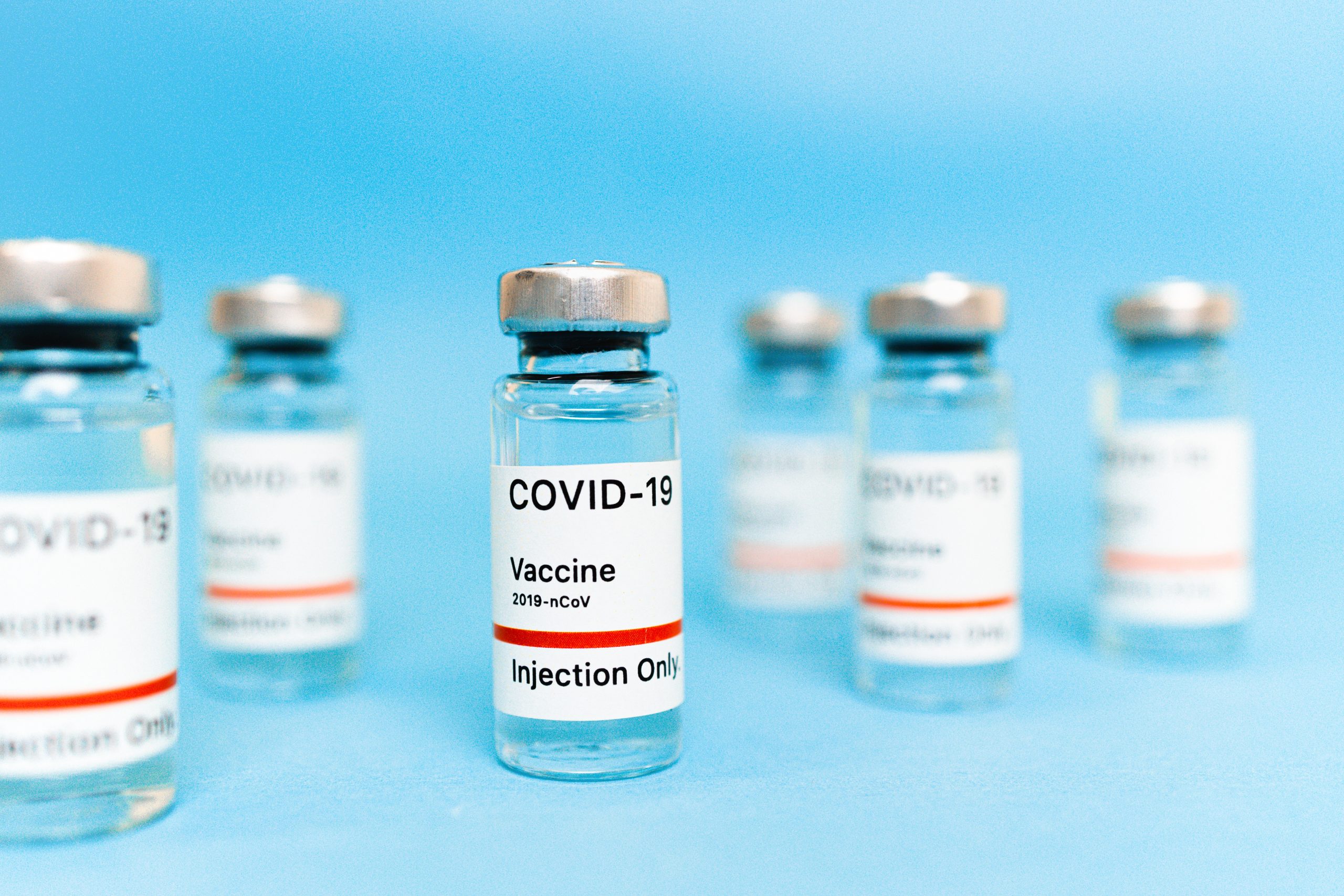By: Wamika Razdan
Please note that the information in this blog is up-to-date as of November 8, 2021. Constantly monitor official government sources for COVID-19 policy updates.
The COVID-19 vaccine has differing impacts on everyone’s body. Side effects are common; however, the severity of your side effects can influence possible compensation that you may receive from your employer and through vaccine injury claims.
Employer’s Support and Policies regarding COVID-19 Vaccination
All employees under the Employment Standards Act (ESA) have a right to receive job-protected infectious disease emergency leave.[1] This allows employees to take paid and unpaid time off work if they need to get vaccinated or if they need to recover from side effects following their vaccination.[2] During this period, employers are not allowed to penalize their employees if they take or are planning on taking time off based on these reasons.[3]
Paid Infection Disease Emergency Leave
Under provincial legislation, employees in Ontario can qualify for a maximum of three days of paid sick leave.[4] The eligibility of paid infection disease emergency leave is valid until December 31, 2021.[5]
In order to be eligible for the paid infectious disease emergency leave, the employee must fulfill the eligibility requirements and must also not have specific paid leave entitlements under their own employment contract.[6] If the employment contract provides better benefits than the paid infectious disease emergency leave, the terms of the contract will outweigh the standard as outlined in the Employment Standards Act.[7]
In a situation where the three days paid leave is reduced as stated in Employment Standards Act, all four of the criteria stated below must be met as of “April 19, 2021:
- Some overlap of reasons for taking leave under the employment contract with reasons for taking paid infectious disease emergency leave under the ESA
- Employee has paid leave entitlements under their employment contract remaining on April 19, 2021
- Paid leave under employment contract is at least as much as pay for infectious disease emergency leave under ESA
- No extra conditions for taking paid leave under the employment contract”[8]
If these four criteria are fulfilled, then the employee’s three day paid infectious disease emergency leave under the Employment Standards Act will be reduced to the leave as stated within their employee contract.[9]
Unpaid Infectious Disease Emergency Leave
For unpaid infectious disease emergency leave, there is no limit on the number of days that an employee can take for their leave.[10] This job-protected leave occurs if the employee is not performing their required duties because of reasons relating to a designated infections disease, i.e. COVID-19.[11] During the unpaid infectious disease emergency leave, employers are prevented from penalizing, threatening, or firing their employee.[12]
There are regulations under the Employment Standards Act which sets out circumstances where an employee is considered to be on an unpaid infectious disease as opposed to taking the infectious disease emergency leave.[13] Only non-unionized employees can be deemed to be on an unpaid infectious disease emergency leave.[14] Regardless if an employee is deemed to be on an infectious disease emergency leave, they can still elect to take the leave if they fulfill the conditions for taking the unpaid infectious disease emergency leave.[15] Employees will be deemed to be on the unpaid leave if they are not fulfilling their duties because “their employer temporarily reduced or temporarily eliminated their hours of work for reasons related in whole, or in part, to COVID-19.”[16]
Under this leave, the absence is not required to be taken consecutively, they can take the leave over multiple days, full days, or even part days.[17]
MyOpenCourt: Vaccine Mediator Tool
When considering the possible compensation for suspected COVID-19 side effects, visit the Vaccine Mediator tool created by MyOpenCourt. With effective AI-powered technology, this tool aims to utilize the data in order to develop tools which will facilitate in the resolution of vaccine injury claims. Use this reporting site to report potential COVID-19 vaccine side effects and claim compensation in possible cases of vaccine injury.
Disclaimer: The information provided in this response is for general informational purposes only and is not intended to be legal advice. The content provided does not create a legal client relationship, and nothing in this response should be considered as a substitute for professional legal advice. The information is based on general principles of law and may not reflect the most current legal developments or interpretations in your jurisdiction. Laws and regulations vary by jurisdiction, and the application and impact of laws can vary widely based on the specific facts and circumstances involved. You should consult with a qualified legal professional for advice regarding your specific situation.
[1] https://www.ontario.ca/page/covid-19-vaccines-and-workplace-health-and-safety.
[2] Ibid.
[3] Ibid.
[4] https://www.toronto.ca/home/covid-19/covid-19-reopening-recovery-rebuild/covid-19-reopening-guidelines-for-businesses-organizations/covid-19-guidance-employers-workplaces-businesses/covid-19-vaccine-information-for-employers/.
[5] https://www.ontario.ca/document/your-guide-employment-standards-act-0/infectious-disease-emergency-leave.
[6] Ibid.
[7] Ibid.
[8] Ibid.
[9] Ibid.
[10] Ibid.
[11] Ibid.
[12] Ibid.
[13] Ibid.
[14] Ibid.
[15] Ibid.
[16] https://www.ontario.ca/document/your-guide-employment-standards-act-0/covid-19-temporary-changes-esa-rules.
[17] Supra note 5.

